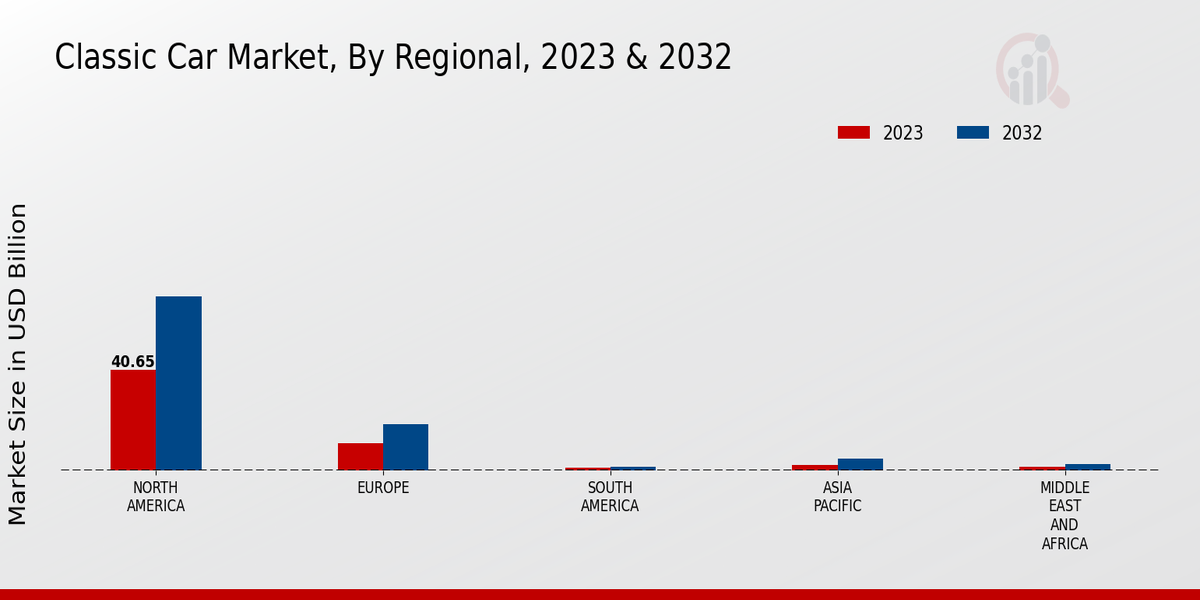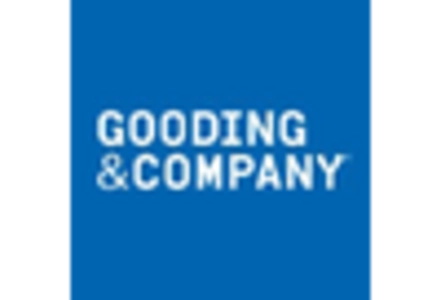Market Growth Projections
The Global Classic Car Market Industry is projected to experience substantial growth over the next decade. With a current valuation of 37.5 USD Billion in 2024, the market is expected to reach 94.1 USD Billion by 2035, reflecting a compound annual growth rate of 8.72% from 2025 to 2035. This growth trajectory suggests a robust demand for classic cars, driven by factors such as increasing disposable income, a growing interest in automotive history, and the rising popularity of classic car restoration. The market's expansion is likely to attract new investors and enthusiasts, further fueling its development.
Growing Investment in Classic Cars
The Global Classic Car Market Industry is witnessing a surge in investment as enthusiasts and collectors recognize the potential for appreciation in value. In 2024, the market is valued at 37.5 USD Billion, reflecting a growing trend among investors who view classic cars as alternative assets. This trend is particularly pronounced in regions such as North America and Europe, where classic cars are often seen as status symbols. The increasing number of classic car auctions and events further stimulates interest, suggesting that the market may continue to expand as more individuals seek to diversify their investment portfolios.
Expansion of Classic Car Events and Shows
The Global Classic Car Market Industry is bolstered by the expansion of classic car events and shows worldwide. These gatherings not only provide a platform for enthusiasts to showcase their vehicles but also foster a sense of community among collectors. Events such as Concours d'Elegance and classic car rallies attract significant attendance, contributing to the overall market growth. The increasing number of participants and spectators at these events indicates a vibrant interest in classic cars. As the market is projected to reach 94.1 USD Billion by 2035, the role of events in promoting engagement and sales cannot be understated.
Rising Popularity of Classic Car Restoration
The Global Classic Car Market Industry benefits from the increasing popularity of classic car restoration. Enthusiasts are drawn to the craftsmanship and history associated with vintage vehicles, leading to a rise in restoration projects. This trend is supported by a growing number of specialized workshops and restoration services that cater to the needs of classic car owners. As more individuals engage in restoration, the demand for parts and services increases, potentially driving market growth. This phenomenon is particularly evident in regions with a rich automotive heritage, where restoration is not only a hobby but also a cultural pursuit.
Increasing Global Awareness of Automotive Heritage
There is a growing global awareness of automotive heritage, which significantly impacts the Global Classic Car Market Industry. As more individuals recognize the cultural and historical significance of classic cars, interest in preserving these vehicles intensifies. This awareness is often fostered through educational initiatives, museums, and classic car shows that celebrate automotive history. Consequently, the market may experience increased demand as collectors and enthusiasts seek to acquire classic cars that represent significant milestones in automotive design and engineering. This trend suggests a robust future for the classic car market as appreciation for heritage continues to grow.
Technological Advancements in Classic Car Maintenance
Technological advancements are playing a crucial role in the Global Classic Car Market Industry, particularly in the realm of maintenance and restoration. Innovations such as 3D printing and advanced diagnostic tools are making it easier for enthusiasts to maintain and restore classic vehicles. These technologies not only enhance the quality of restorations but also reduce costs and time involved in the process. As a result, more individuals may be inclined to invest in classic cars, knowing that maintenance has become more manageable. This trend indicates a potential for sustained growth in the market as technology continues to evolve.
























Leave a Comment